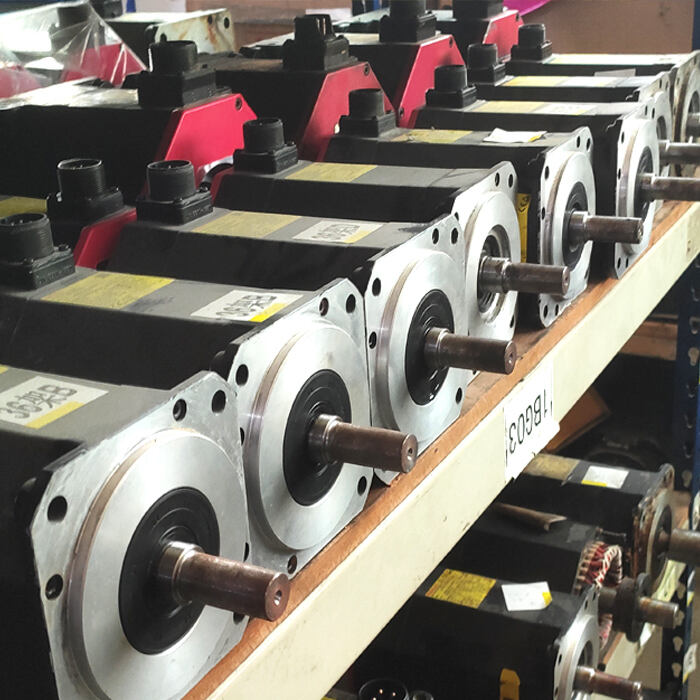types of industrial sensors
Industrial sensors are sophisticated devices that serve as the backbone of modern automation and process control systems. These essential components can be categorized into several main types, including temperature sensors, pressure sensors, proximity sensors, level sensors, and flow sensors. Temperature sensors, such as thermocouples and RTDs, provide precise temperature measurements across various industrial processes. Pressure sensors monitor and measure force per unit area in liquid or gas systems, essential for maintaining safe operating conditions. Proximity sensors detect the presence or absence of objects without physical contact, utilizing technologies like infrared, capacitive, or inductive sensing. Level sensors determine the amount of liquid or solid materials in containers or tanks, employing ultrasonic, radar, or float-based mechanisms. Flow sensors measure the movement of liquids or gases through pipes and systems, critical for process control and quality assurance. These sensors incorporate advanced technologies like microprocessors and digital communication protocols, enabling real-time data collection, analysis, and integration with industrial control systems. Their applications span across manufacturing, chemical processing, pharmaceutical production, food and beverage industry, and energy generation sectors.
